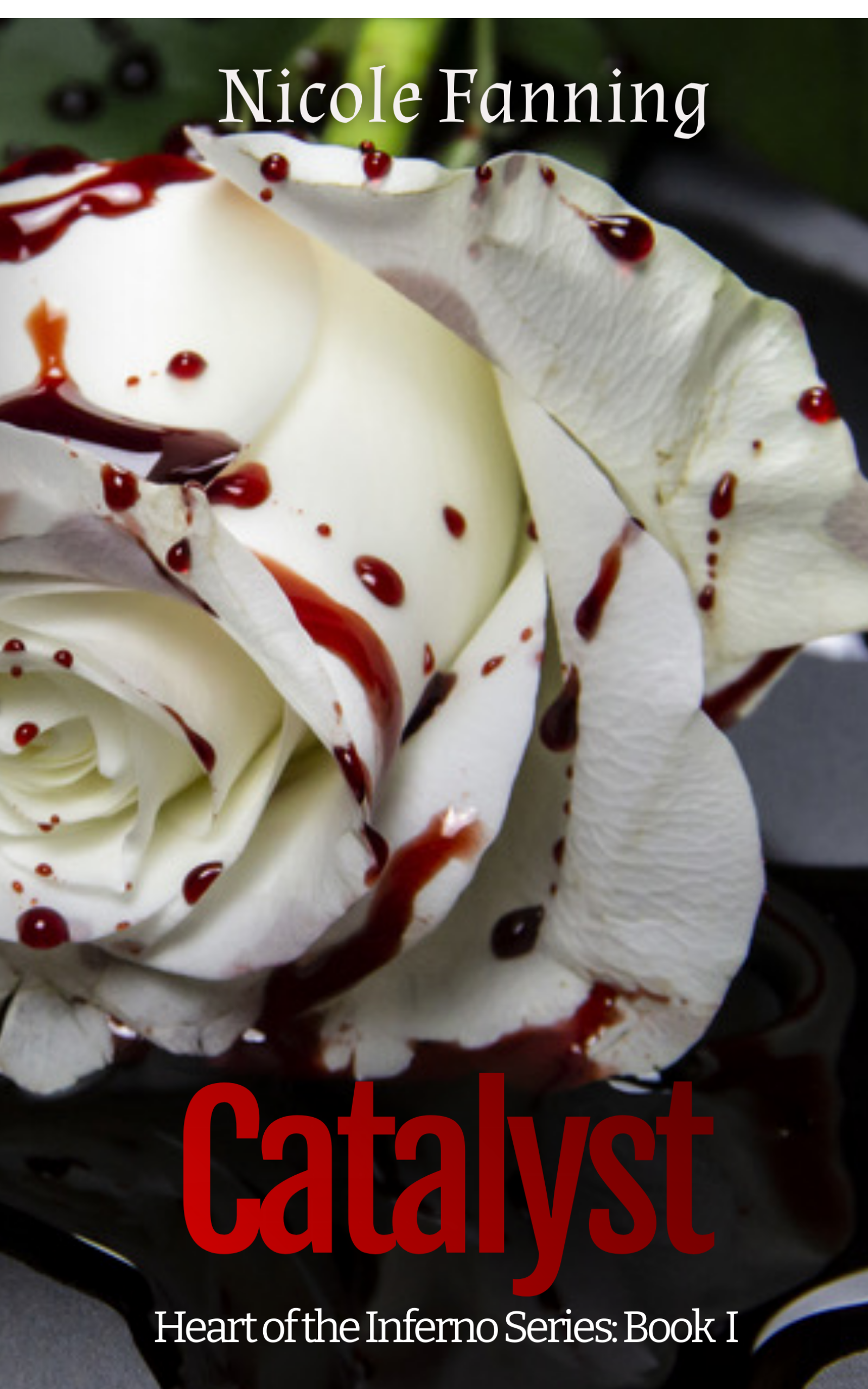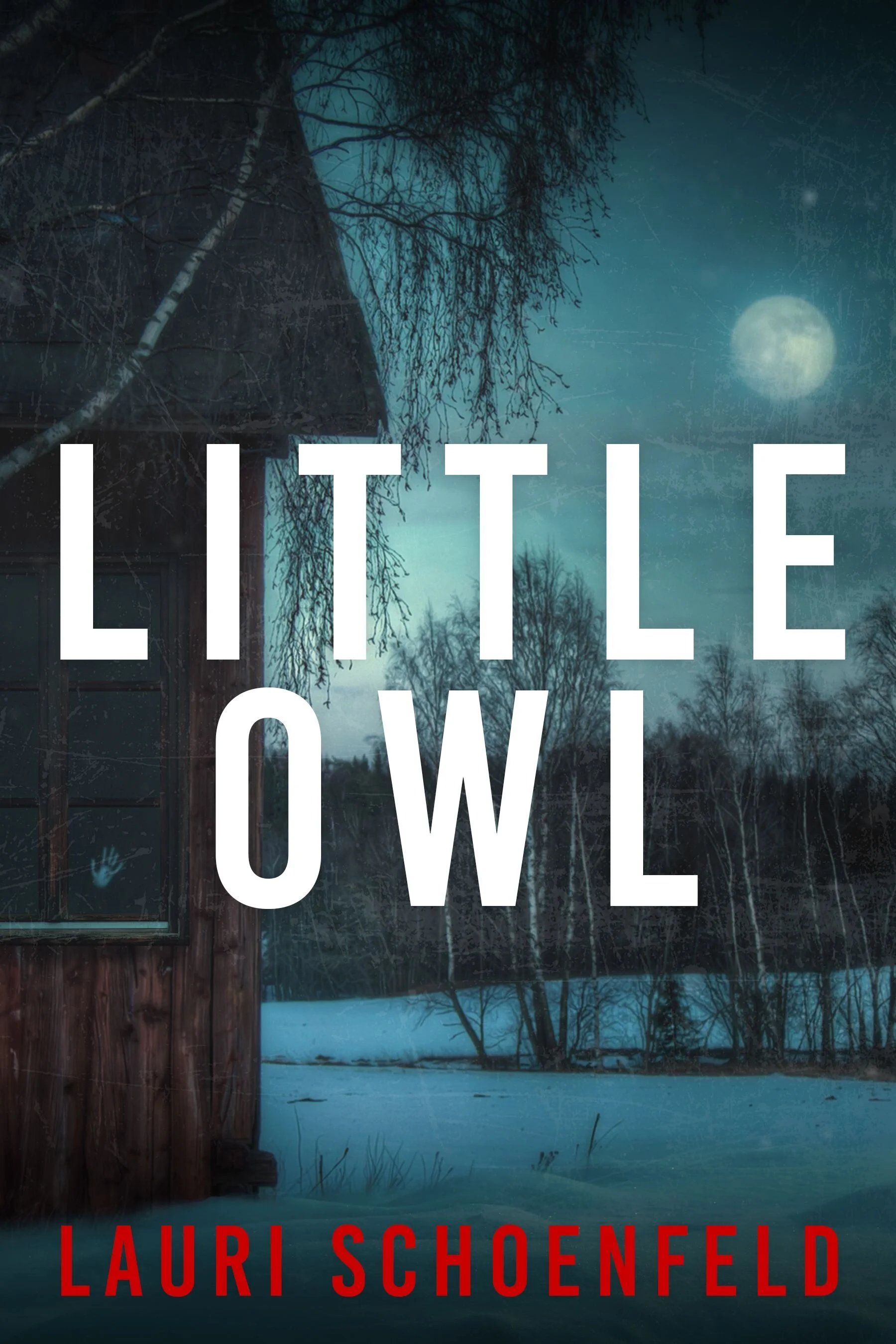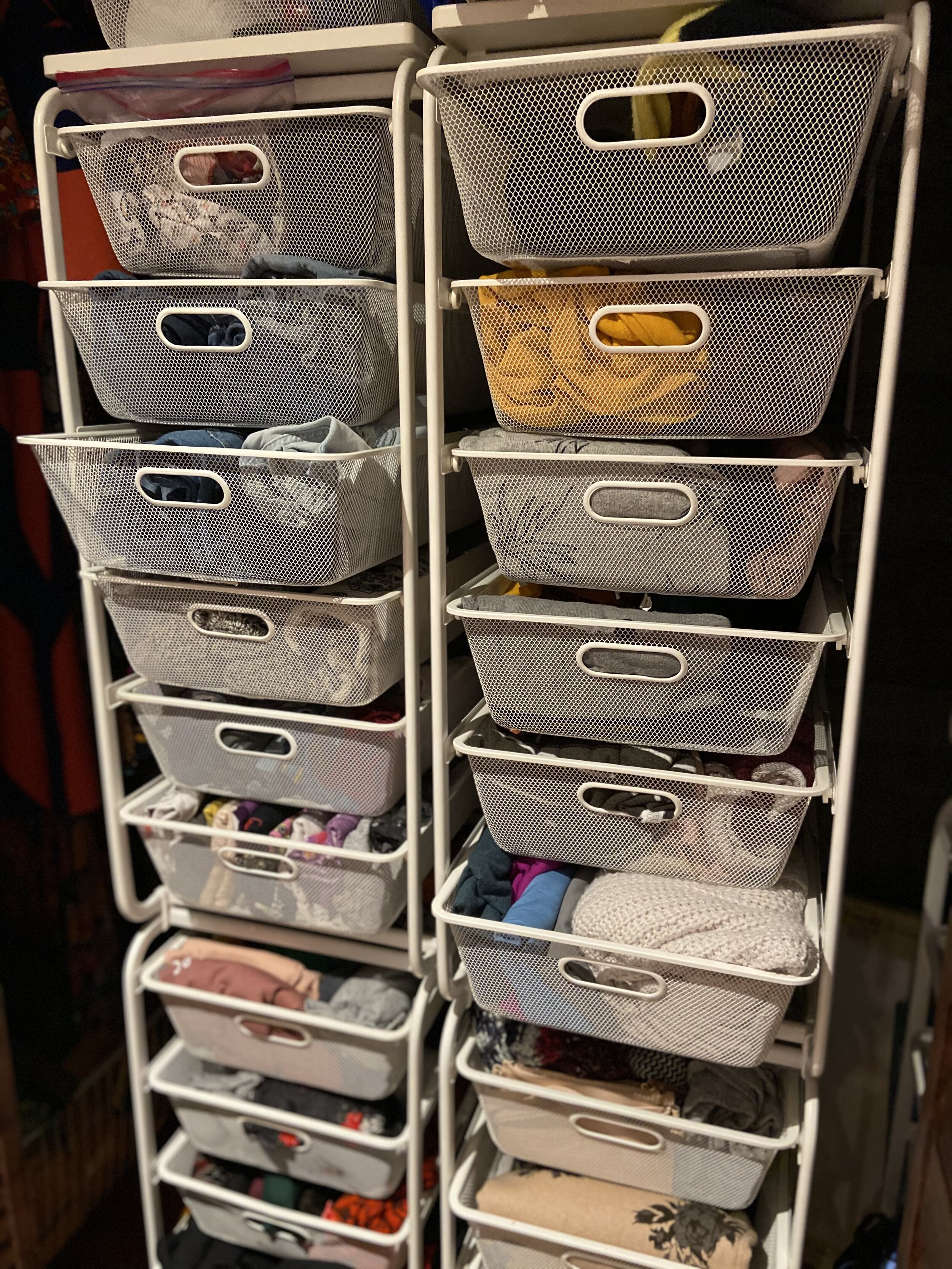October is my favorite month. It’s my birthday month, it features my absolute favorite weather, and it’s Halloween! So, of course, time gets away from me this time of year. Therefore, instead of our regular Author Interview, we’re trying something new this month. Here is an author feature. Let us know what you think!
Terry Shepherd came late to fiction. An Ann Arbor, Michigan native, Terry’s incarnations include a broadcaster, corporate executive and entrepreneur, authoring four non-fiction self-help books before writing CHASING VEGA, his first thriller, in 2020. Vega spawned the holiday short story CHASING CODY and this summer's second long-form outing for Shepherd's protagonist, Jessica Ramirez, CHASING THE CAPTAIN.
"I always wanted to be a fighter pilot," Shepherd says. "But I didn't want to subject a young family to a lot of moves. Corporate life ended up moving us around anyway and it wasn't until we decided to re-root near our kids in Florida that I thought of giving up the corporate grind for writing full time.”
Terry says this, pondering the horizon from the 12th floor balcony of a condo on the Atlantic Ocean at Jacksonville Beach. “ My wife, Colleen loves the sunrises and the views are breathtaking. But I'm just as happy locked away in my home office at our apartment in town.”
It seems that after a lifetime of extroversion, Terry Shepherd has allowed his introvert to emerge. "You figure out what you need to do feed your family," he says. "For me, that meant creating a charismatic personality and learning how to lead. I saw that the bosses got the bucks for taking risks. I decided I'd rather be shot out of the saddle leading the way than get shot as someone else's horse.”
Terry offers a cocktail, refilling his own glass with Coca Cola. "I limit my intake," he jokes. "My brain is already running at maximum warp and doesn’t need much stimulation." He motions to one of two rocking chairs on the balcony. The waves are relatively calm today and there's a sea breeze that mitigates the Florida heat.
Q: In a profession where you could live anywhere, why choose Florida?
Terry: Jacksonville was our longest stop during my corporate career. Our kids graduated from high school here and put down roots. When you get to be our age (Terry turns 67 in January), proximity to your grandkids is the primary driver. They are ten minutes away and we love being able to help out whenever their parents need us.
Q: Why fiction?
Terry: I had a painful departure from my last corporate experience that triggered the clinical depression gene that's common in many families like ours. I thought that my contributions to the world were over and I would become a hinderance instead of a contributor. As you enter life's home stretch, you know people who are stuck with bodies and minds that no longer serve them. I've always felt that when I saw that coming, I would rather hasten my exit than be a burden to my family. The darkness that depression injected into the proceedings made me believe that moment of decision had arrived.
Terry runs an index finger across the tiny semicolon tattoo on his left wrist, a symbol of mental health awareness and how someone has made the decision to write another life chapter, rather than put a period on existence. In the space of ten months, he lost both his 92 year-old father and his only sibling, a younger sister who ended her life in 2020, shortly before CHASING VEGA was published.
Q: What made you decide to keep going?
Terry: My wife is a two-time ovarian cancer survivor and taught me a lot about facing a monster with both grace and determination. She’s my defintion of a true heroine. And we know a lot more about depression now than we did when I was having panic attacks in junior high. I have a gifted psychiatrist who helped me understand that in my case, it's a brain chemistry thing and that I would need a combination of effective meds and the will to heal. Part of healing was finding a way to keep contributing and writing about the same diverse cast of characters I loved surrounding myself with on the teams I've led seemed like a possible path forward.
Q: You've had some major business successes. How did you apply those learnings to this new profession?
Terry: I always look for the best people and ask them how they did it. So I made a list of successful authors I liked and reached out to them. To a person, they responded and have been incredibly helpful in guiding me as I learn The Craft.
Q: What were some of the gems of wisdom they shared?
Terry: Write every day. It's a profession. Writer's block isn't allowed in the rest of the world and you have to learn how to keep the content moving forward even on days when the muse isn't singing. There are rules. But aside from good grammar and the ability to tell a story, everything else is up for grabs. Write what you love. Keep learning and growing and eventually, you'll find an audience.
Q: Has Jessica Ramirez found hers?
Terry: I think she's slowly finding it. Having a white guy write her stories probably doesn't help. But she's about as authentic as they come and once people spend some time with her, they fall in love with her.
Q: You've said you write for diverse casts on purpose. Few of your characters look like you. Your stars include minorities, LGBTQ, a medical examiner who is on the autism spectrum and an MI6 Director who is in a wheel chair. How do you create an authentic cast?
Terry: Immersive research. I have very close friends who live those lives and I've walked with them as they navigate a world that doesn't always accept them. They have been wonderfully candid about their experiences and witnessing them make their way has given me a special empathy for the unique challenges every individual faces.
Q: In CHASING VEGA, your antagonist is a woman who kills men who have evaded justice. What makes a good adversary?
Terry: I love villains who do the wrong things for the right reasons. That's not the case in CHASING THE CAPTAIN. The bad guy has zero redeeming qualities. As a reader, I enjoy the extra tension I feel when you can understand why the person does what they do.
Q: We've rarely seen Jess and Ali at work in their home base, the fictional college town of Paloma, Illinois. Do great thrillers require a broad stage?
Terry: Not necessarily. Alfred Hitchcock can turn up the tension in a life boat. I like giving my heroines the added obstacle of being a fish out of water and taking Jess away from the town where she grew up does that.
Q: Much of CHASING THE CAPTAIN takes place in the UK. Was that on purpose?
Terry: Absolutely. Before VEGA, I created a Twitter identity for Jess (@DetJessRamirez). She’s very active on that platform and for some reason, she clicked with UK cops.I started getting email asking if I would put Jess on their home turf. That was particularly fun because I got to meet and consult with a number of really gifted law enforcement pros across the pond. They all know that Jess is fictional, but they treat her as if she was a real person.
Q: Authors often say that their characters feel real.
Terry: Oh, Jess and Ali are real to me. If I'm pondering a particular plot point or some dialogue, they both weigh in.
Q: They talk to you?
Terry: Sometimes. When you've spent a lot of time building their backstory and have a binder full of character information for a member of your cast, they become a part of you, at least until you've put a bow on their story. I begin with a general premise and have a notion of how it might end. And then I let the characters take me there, even if "there" ends up being somewhere else.
Q: Do the people on whom you base Jess and Ali ever dispute how you paint them?
Terry: Traci Ruiz, my role model for Jessica, is her real-life incarnation, a 25 year law enforcement veteran. She says I give Jess too much emotion. Compared to Traci, who is a master at compartmentalizing what happens on the job, Jess is definitely more emotionally driven. But my beta readers like her that way. They want to know whats going on inside her head; the things the people around her might not perceive. Understanding motive is another reason to love or hate a character. If I'm doing it right, they see some of themselves in Jessica Ramirez and can't help but get attached to her.
Q: What about Ali?
Terry: I know and admire a number of awesome men and women with a same sex preference. Declaring that openly is still a tough thing to do and requires a ton of courage that most of us couldn't muster. The highest compliment I get is when one of my friends accuses me of basing Alexandra completely on her personality.
Q: What do you hope readers take away from a Jessica Ramirez Thriller?
Terry: Beyond enjoying a few hours of escape from reality, I hope that the people who share traits with one of the cast members might be inspired to believe that they could be heroes and heroines, too. When a young person tells me that she is thinking of becoming a cop because she admires Jess and Ali, that makes my day.
Q: Has writing helped you heal?
Terry: Not just the writing. The best thing about the thriller and mystery space is that there is much more demand for great content than any one person can create. We're not competitors and the community is very supportive and close. Writing is a tool to apply a magnifying glass on your own adventures and we all end up writing something autobiographical at some point. But the friends I've made as a writer have made a huge difference. We realize we're all in this together and try to help each other navigate the maze from ideation to publication. That often spills into life itself. We're put on this planet to help make it better and the most important daily metric for me has always been how I've helped someone else.
Q: Are you ever afraid you'll run out of ideas?
Terry: All the time. Each day is another blank screen that needs to be populated with words that attract an audience. And the fear that our most recent book will be the last one anybody buys seems to be nearly universal.
Q: But you keep at it anyway?
Terry: While holding that finished product in your hands often feels like that first moment with your newborn, the adventure happens during the journey of creation. The classic chestnut, "It's not the destination. It's the journey." is very true. When I reread CHASING VEGA, I think about all the people I met during it's creation and am excited to start another chapter. Once a story is told, I can't wait to discover another one to tell.
Terry Shepherd writes thrillers for grown-ups and is the author of JULIETTE AND THE MYSTERY BUG, a book that helps kids stay safe in a Covid-19 world. His website is TerryShepherd.com.
To learn more about Terry, please visit the following:
TerryShepherd.com
Facebook.com/TerryShepherdWrites
Twtitter.com/TheTShepherd






















